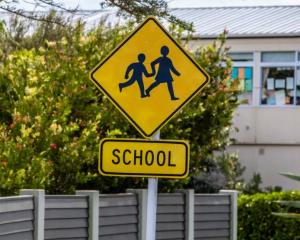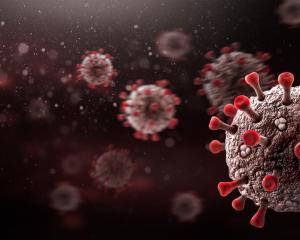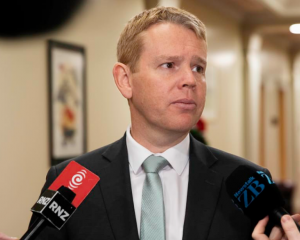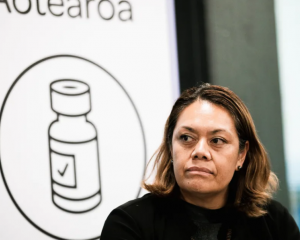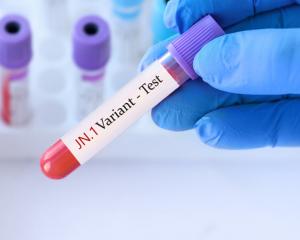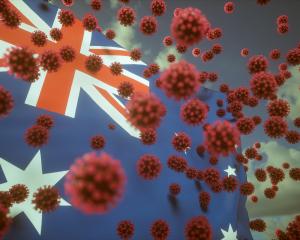
A report to be considered by a Southern District Health Board committee on Monday lays out just how intensive and extensive the local response had to be after New Zealand went into Alert Level 4 on August 17.
Public Health South immediately started working seven days a week, on both the local and national response, and an emergency operations centre was set up, SDHB acting strategy, primary and community executive director Rory Dowding said.
‘‘The number of contacts who isolated in Southern DHB were 141, all of which have finished their required isolation period,’’ he said.
The Ministry of Health also directed the SDHB to create the capacity to manage up to 10 cases or five bubbles in Otago and Southland — beds which, fortunately, were not needed.
‘‘To achieve this if required, accommodation has been secured in Invercargill, Dunedin and Queenstown for a small number of cases in each locality,’’ Mr Dowding said.
As it became apparent that the SDHB was not going to be dealing with any local community cases of Covid-19, the Ministry of Health deputised health board staff into the national response.
‘‘We were required to follow up 12 cases daily, 137 new contacts daily, had 597 contacts in follow up daily, and to surge to 50% more on each,’’ Mr Dowding said.
‘‘Eighty staff worked on contact tracing, 32 were from the Public Health service, complimented by 39 staff from around the Southern DHB and two staff from Queenstown Lakes District Council.
‘‘Due to the recent pause on all quarantine-free travel, seven of the Queenstown airport health team were also able to be redeployed to this work.’’
Southern staff were mainly asked to do contact tracing, as well as maintain daily contact with people in isolation, to monitor welfare, health and compliance.
‘‘Southern was also assigned 33 exposure events to assess, this being where a location of interest has been identified and involves determining the classification of contacts at the exposure, providing information to the location concerned, ensuring any public notification via the Covid-19 app or Bluetooth is completed, and that the location of interest has been published as required by the classification of risk,’’ Mr Dowding said.
‘‘A significant amount of staff training was required, partly because many changes have been made in a large upgrade to the national contact training system.’’
At the peak of the SDHB involvement, staff managed 808 calls a day, and it is still monitoring a small number of contacts.
Staff were now mainly focused on reviewing how the organisation had performed and any areas which needed improvement, Mr Dowding said.
He said the work had been intense, and came on the back of a busy 18 months for public health staff.
‘‘It is a concern that staff are tired with the cumulative impact of responses ... we need to look at how we can support staff welfare, balanced with the need to have staff ready to respond each week.’’


